
SS Yongala was a passenger steamship that was built in England in 1903 for the Adelaide Steamship Company. She sank in a cyclone off the coast of Queensland in 1911, with the loss of all 122 passengers and crew aboard.
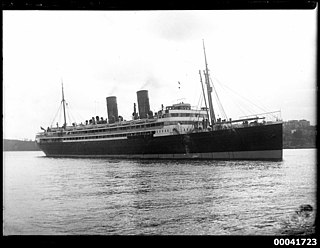
RMS Niagara was a transpacific steam ocean liner, Royal Mail Ship and refrigerated cargo ship. She was launched in 1912 in Scotland and sunk in 1940 by a mine off the coast of New Zealand.

Huddart Parker Ltd was an Australian shipping company trading in various forms between 1876 and 1961. It was one of the seven major coastal shippers in Australia at a time when shipping was the principal means of interstate and trans-Tasman transport. The company started in Geelong, but in 1890 shifted its offices to Melbourne. By 1910 Huddart Parker had grown to rank 24th of the top 100 companies in Australia by asset value. Several of the company's ships served in World War I and World War II. Huddart Parker ceased to be an independent company in 1961, when it was taken over by Bitumen and Oil Refineries Australia Limited.

The Illawarra Steam Navigation Company was a shipping company that serviced the south coast of New South Wales, Australia from 1858 to the early 1950s. It was formed through the amalgamation of the General Steam Navigation Company, the Kiama Steam Navigation Company and the Shoalhaven Steam Navigation Company, each of whom serviced parts of the south coast with their respective vessels. After merging, the new company held a near monopoly in regard to shipping on the south coast, and their fleet visited every significant port between Sydney and the border of Victoria. The company transported both passengers and a range of produce, including livestock, and hence it became known as the 'Pig and Whistle Line': it was said that ships would wait an hour for a pig but not a minute for a passenger.
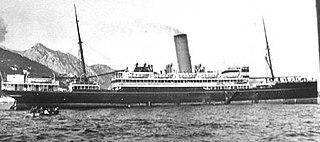
SS Zealandia, nicknamed "Z", was an Australian cargo and passenger steamship. She served as a troopship in both World War I and World War II. Zealandia transported the Australian 8th Division. Her crew were the last Allied personnel to see HMAS Sydney, which was lost with all hands in 1941. Zealandia was sunk in the air raids on Darwin of 19 February 1942.
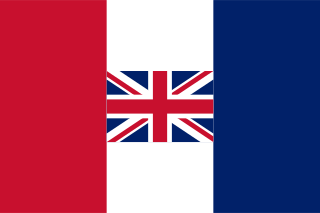
P Henderson & Company, also known as Paddy Henderson, was a ship owning and management company based in Glasgow, Scotland and operating to Burma. Patrick Henderson started business in Glasgow as a merchant at the age of 25 in 1834. He had three brothers. Two were merchants working for an agent in the Italian port of Leghorn; the third, George, was a sea captain with his own ship.
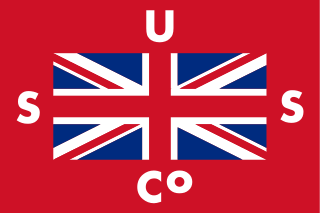
Union Steam Ship Company of New Zealand Limited was once the biggest shipping line in the southern hemisphere and New Zealand's largest private-sector employer. It was incorporated by James Mills in Dunedin in 1875 with the backing of a Scottish shipbuilder, Peter Denny. Bought by shipping giant P&O around the time of World War I it was sold in 1972 to an Australasian consortium and closed at the end of the twentieth century.

SS Zaanland was a cargo steamship that was built in Scotland in 1900 for Dutch owners, and sunk in a collision in 1918. She was built for the Zuid-Amerika Lijn, which in 1908 became Koninklijke Hollandsche Lloyd. The US Government requisitioned her in March 1918 as USS Zaanland, with the Naval Registry Identification Number ID–2746. She was sunk in a collision less than two months later.
SS Norwich City was a British cargo steamship. She was built in 1911 as Normanby, and renamed Norwich City in 1919. She was wrecked in the Pacific Ocean in 1929. For many years her wreck was a sea mark on the atoll of Nikumaroro. The wreck is now largely broken up.

SS Monte Nevoso was a cargo steamship that was launched in 1920 in England, owned in Italy, and wrecked in 1932 in the North Sea off the coast of Norfolk.
SS Bury Hill was a cargo ship built in England during the First World War as Cardigan, later becoming Pensylvanie of Compagnie Générale Transatlantique (CGT). In 1934 she returned to the British register as Bury Hill but was wrecked on the coast of Senegal in 1936.
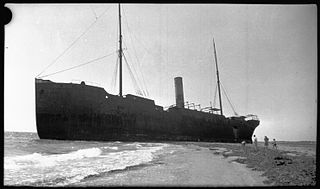
SS Kwinana was an Australian ocean-going cargo and passenger steamship. She was built in England in 1892 as the cargo ship SS Darius. In 1912 she changed owners, was refitted as a cargo and passenger ship and renamed Kwinana.

SS Pericles was a UK steam ocean liner and refrigerated cargo ship. She was launched in 1907 in Ireland for the Aberdeen Line service between Great Britain and Australia via South Africa. When new, she was the largest ship on the route.
The following index is provided as an overview of and topical guide to Wikipedia's articles on recreational dive sites. The level of coverage may vary:

Recreational dive sites are specific places that recreational scuba divers go to enjoy the underwater environment or for training purposes. They include technical diving sites beyond the range generally accepted for recreational diving. In this context all diving done for recreational purposes is included. Professional diving tends to be done where the job is, and with the exception of diver training and leading groups of recreational divers, does not generally occur at specific sites chosen for their easy access, pleasant conditions or interesting features.

SS Warrimoo was a passenger and refrigerated cargo liner that was launched in 1892 in England for Australian owners, was later owned by two of New Zealand's foremost shipping companies, and finally belonged to a Singaporean company.

SS Rotorua was a New Zealand Shipping Company steam ocean liner and refrigerated cargo ship that was built in Scotland in 1910 and sunk by a U-boat in 1917.

Holm & Co were ship owners, ship brokers and stevedores based in Wellington, New Zealand. They were agents for Australian and other foreign airways and shipping lines.


















